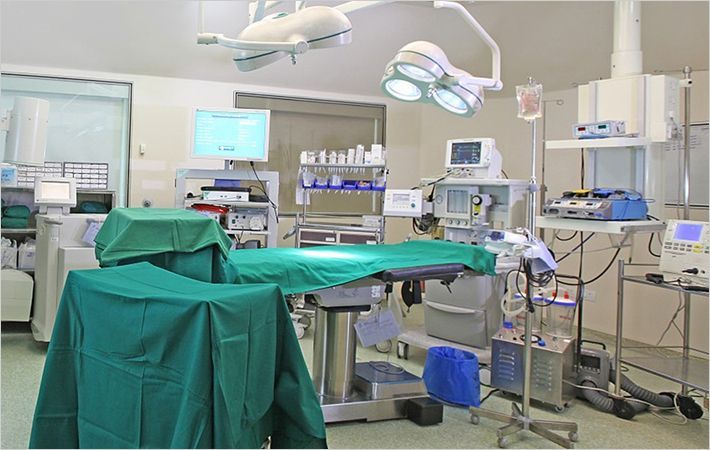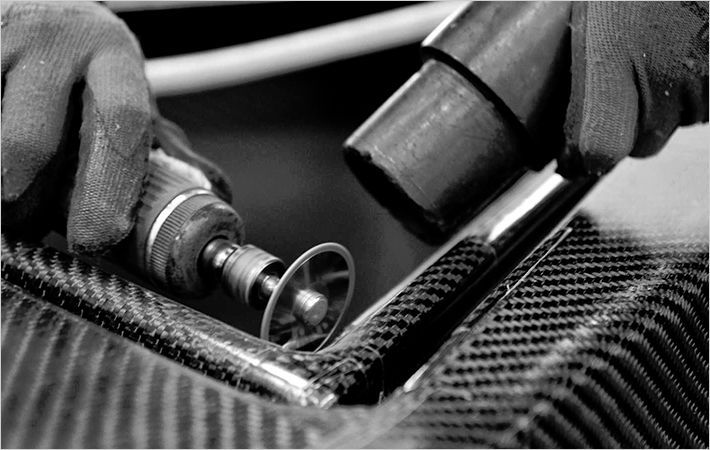Combining variability in structure, delivery method, performance, physical composition, resorbability, and other unique elements that make up implantable textile constructions, Secant Medical's customized approach enables medical device manufacturers to develop a portfolio of more innovative, effective, and commercially successful medical device designs.
Secant Medical is one of the few suppliers that can provide customized designs at competitive prices to medical device manufacturers and other notable clients in the biomedical device industry.
"There is an emerging industry need to completely understand the role that material selection plays in realizing component structure design, optimizing the development process, and largely defining the form and function of the end device," said Frost & Sullivan Senior Research Analyst Prasanna Vadhana Kannan. "One of the unique approaches adopted by Secant Medical toward design methodology is its ability to understand the medical device design requirements and leverage its technology to create a customized solution for the client's device application."
The right combination of established and emerging novel substrates, along with a carefully structured material selection process, offers an effective path toward enhancing the performance of a medical device design. Secant Medical is focused on advancing textile constructs built from absorbable and bio-active polymers for cardiovascular, general surgery, neurovascular, orthopedic, and regenerative medicine applications that require short-term tissue support while the body repairs itself, followed by long-term biologic integration.
The company's approach will also enable niche applications for biomedical textiles. For instance, Frost & Sullivan expects that in the near future, spinal applications will benefit from woven structures that contain reinforced holes for screws and other fixative components used for attaching to a bone plate. In effective filtration-involving applications, weaving with wires and other biomaterials paves the way for more open constructions that have highly controlled pore sizes for capturing emboli, while at the same time allowing normal blood flow through the material. Such prospects of woven biomedical textiles are useful in surgical techniques involving high-stroke patients. As such, the potential for Secant Medical's technology is far-reaching.
"Another crucial capability in woven biomedical textiles is the ability to provide vital properties by altering or modulating the geometry of the structures and the materials from which they are produced," noted Kannan. "Secant Medical is working toward textile components engineered from materials designed to degrade at varying rates over time, thereby allowing the ability to fine-tune fabric degradation in sync with the desired tissue healing rate of the patient."

